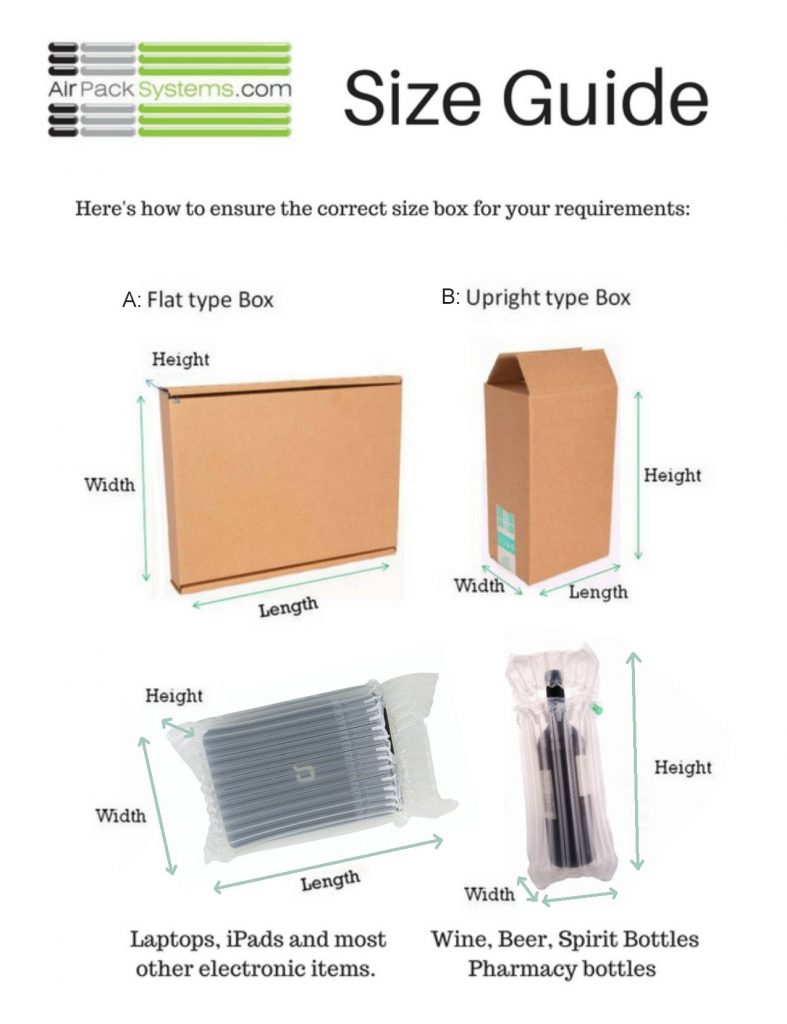 Plastic is the focus of much attention in the media and elsewhere at the moment and is being demonised for it’s damaging effects on the environment. But is the negative press entirely justified, and is paper and cardboard necessarily a better option for the environment?
Plastic is the focus of much attention in the media and elsewhere at the moment and is being demonised for it’s damaging effects on the environment. But is the negative press entirely justified, and is paper and cardboard necessarily a better option for the environment?
First things first: plastics waste is certainly a big problem that needs to be urgently improved in order to protect our precious planet. We also have to accept that pretty much all human activity involves use of the earth’s resources and has an impact on our environment. The challenge is for us to constantly improve the way we use those resources in the most intelligent way and minimise any environmental impact.
Whilst plastic is currently under a lot of scrutiny, switching to paper and board is not the simple green solution some may think. Let’s take a look at a comparison of what’s involved in the manufacture and recycling of plastic and paper
Manufacturing
- The overall energy required to produce a paper bag is between four to fives more than a plastic bag
- Both production processes require water, but paper production is a particularly water intensive process, using approximately 15 times more water
- Paper bag production produces 70% more pollution than plastic bags
- Paper manufacturing generates 80% more greenhouse gas emissions than plastic bags
When it comes to protective packaging, there are a number of other environmental benefits for plastic over paper.
Lower Weight
The weight of any packaging materials will directly impact the amount of energy required to transport the packaging materials themselves and also the pack of finished goods to the retailer or end-user. Switching to a lighter weight material can positively impact your carbon footprint. Once inflated, inflatable bags consist of only 2% plastic and 98% air – so, that’s pretty much as light as air!
Less Space & Logistics Resource Needed
Deflated bags take up much less space than paper and board based protective packaging (for example there are an average of 10,000 AirPack deflated bags stored on just one euro pallet), meaning significantly less vehicles are required to transport large quantities and much less storage space is required, all helping to reduce CO2 emissions and carbon footprint.
Better Protection – Reduced Waste & Cost
Inflatable plastic packaging is one of the most effective methods for protecting fragile items in transit, with significantly reduced levels of damage, with rates as low as 0.04% breakages for shipments achieved by customers over a period of an entire year. That’s a significant reduction in wasteful replacements, returns and replacement logistics, costs and delays.
Re-Use
Plastic is more durable than paper so is more suitable for being reused multiple times. AirPacks are 100% reusable and can remain inflated for up to 2 years.
Recycling
AirPack inflatable bags are made from PET LDPE 4 material, which is 100% recyclable.
Recycling paper is very resource and energy intensive compared to plastic and it takes significantly less energy to recycle a kilo of plastic compared to paper. Having said that, due to lower awareness and fewer recycling facilities, in 2014 UK rates of plastic recycling, at 37.9%, were significantly lower than paper recycling at 73.1% (Defra March 2017).
LDPE plastics are beginning to be accepted through kerbside recycling schemes, but there is still a way to go in improving the understanding of which types of plastic can be recycled, such as yoghurt pots and plastic trays, and the more widespread availability of recycling facilities.
Beware Simple Solutions to Complex Problems
In the rush to put all the blame on plastic, we should be careful about providing simple solutions to complex problems – as the saying goes, ‘for every complex problem, there is an answer that is clear, simple, and wrong.’
It’s certainly true that we all need to keep working hard to improve the way we manufacture, use, re-use, recycle and ultimately dispose of packaging materials, whatever they’re made of, and the problem of our polluted oceans needs urgent attention. More resources and education are surely needed around the responsible use and disposal of our waste, and no doubt increased research and innovation into plastics recycling will be part of the answer.
But we also need to be careful not to over simplify our response to one environmental problem only to end up with an even bigger one to deal with.
Related Articles.
A few of the reasons why packaging really matters to your brand
By ADMIN_AIRPACK • July 16th, 2024Some businesses seem to take packaging somewhat for granted, without putting too much thought into it or its importance. Yet, especially if you’re an e-commerce organisation, packaging is something which just about every business needs to use, whatever the size of your enterprise. And you may feel that you just want to go for the […]
Read more...How packaging can help you to reduce your carbon emissions
By ADMIN_AIRPACK • July 16th, 2024Climate change is obviously a hot topic, and it’s already affecting every region on Earth, with most scientists agreed that human activity is its single biggest cause. So, of course, lowering carbon emissions needs to be a top priority for all businesses. But despite a flurry of pledges on the climate, global emissions have continued […]
Read more...How inflatable packaging can improve customer retention
By ADMIN_AIRPACK • March 8th, 2024What is customer retention? Put simply, customer retention is the business of creating customer loyalty so that people make repeat purchases with you, and it says a lot about how satisfied they are with what you offer. For established brands in particular, keeping hold of loyal customers may almost be more important than attracting new […]
Read more...Back to blog
